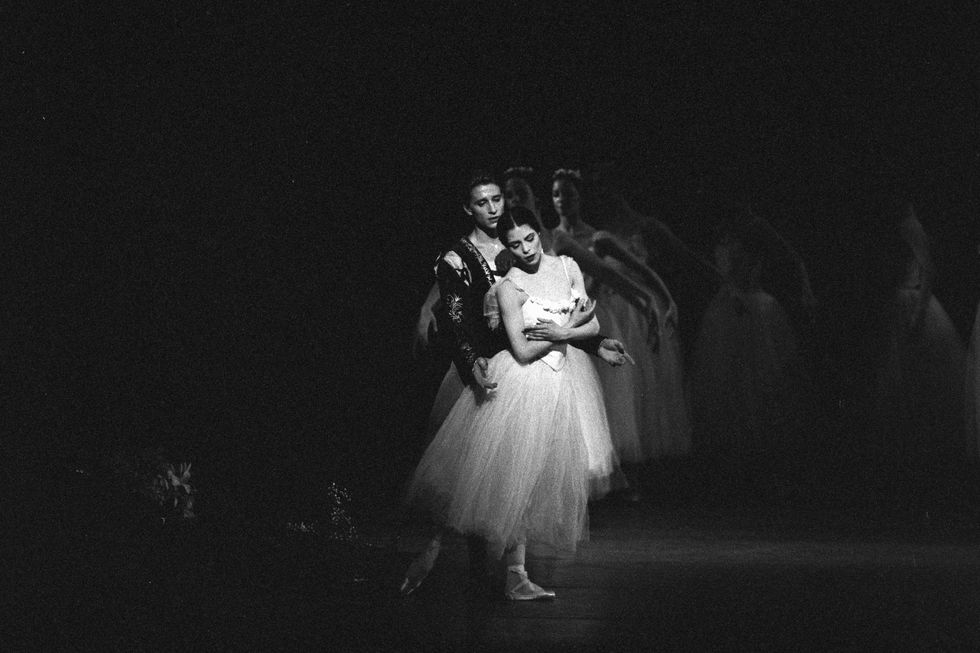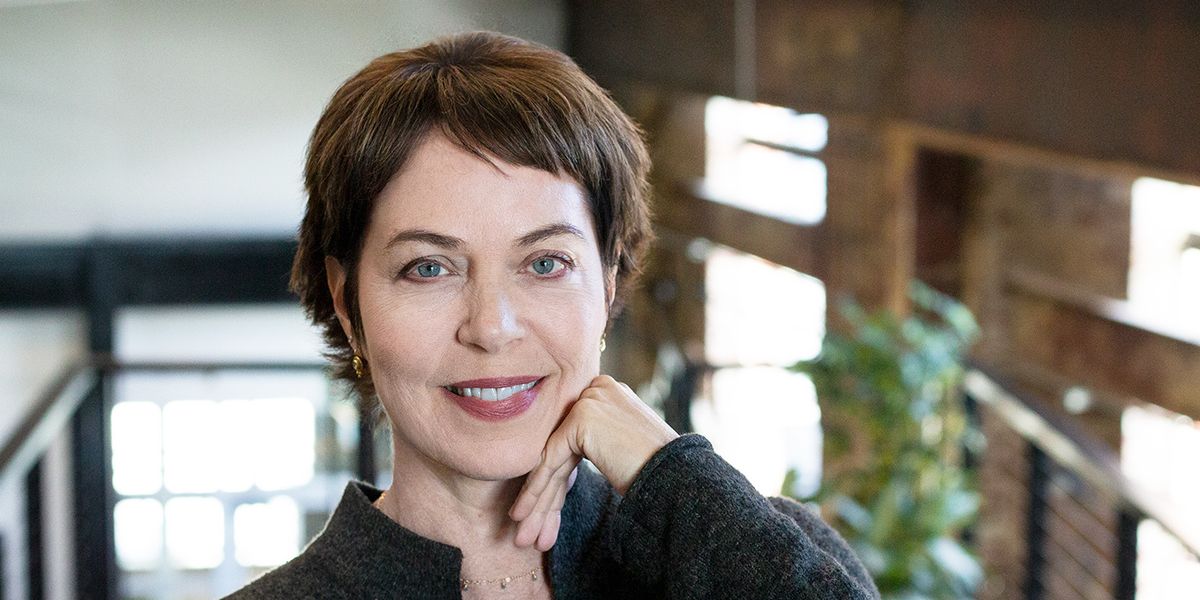Susan Jaffe Named Pittsburgh Ballet Theatre's New Artistic Director
Pittsburgh Ballet Theatre announced today that former American Ballet Theatre principal Susan Jaffe will succeed Terrence Orr as artistic director of the company, effective July 1. Jaffe becomes PBT’s seventh artistic director and only the second female director in the company’s history.
Dubbed “America’s Quintessential American Ballerina” by The New York Times, Jaffe comes to PBT after eight years as dean of the dance program at University of North Carolina School of the Arts. Born and raised in Bethesda, Maryland, Jaffe joined ABT II at age 16, joining ABT’s corps de ballet in 1980, at age 18. She was promoted to principal dancer just three years later, and was a company star until her retirement in 2002. Jaffe has held a wide range of teaching and leadership positions since then, and has also choreographed for ballet companies and colleges around the country. She recently launched The Effect of Intention, a series of live and online wellness workshops and audio meditations.
Our friends at Pointe spoke with Jaffe shortly after receiving the news of being named to her first artistic directorship.

Jaffe during an ABT performance of Giselle.
Rosalie O’Connor, Courtesy PBT.
Why leave UNCSA?
I love UNCSA and debated leaving, but being the artistic director of a professional ballet company has been a lifelong dream of mine. I knew I would regret it if I didn’t throw my hat in the ring. When the headhunter called to say the search committee had chosen me, I was so overwhelmed with joy and emotion and a little bit of fear. This is a really big deal for me.
What are you most looking forward to?
Being back in the studio. As a dean, I didn’t get to be in the studio as often as I wanted. I am really good in the studio and am thrilled to be able to do that.
What was your pitch to the search committee on why they should hire you?
I took a long time researching the company, the city and the other arts organizations there. I talked to the committee about collaborations with those other arts organizations, diversity and inclusion, dancer health and well-being, and my artistic vision.
What is your vision for the kinds of works you want to do?
I am interested in a good mixture of the classics, including Balanchine and the choreographers of today. The current movers and shakers in the dance world like Akram Khan, Wayne McGregor and Yuri Possokhov, to name a few.
Will PBT audiences be seeing your choreography?
Most likely, but not right away. I want to get to know everything about the company before I get into that.
PBT was one of the first ballet companies to offer sensory-friendly performances. Will you continue those?
Absolutely. It is really important for arts organizations to be taking care of the whole of the community.
New artistic leadership can be both exciting and unsettling for company dancers and staff; what are your thoughts on making major changes from the get go?
I have seen people go into organizations and raze them to the ground. In my point of view, doing that breeds a lot of resentment and disrupts things in a way that is not necessarily good for an organization. My style is to give everybody there full trust and a long period to adapt to any changes. I am really honest. If a dancer is not doing well, I will tell them with compassion exactly what it is they are not doing well, and how to fix it.
You mentioned dancer health and well-being. What ideas do you have on that, and will it include
one of your passions, meditation?
I would like to give the dancers a fuller day and include things like Pilates, Gyrotonics, cardio and yes, meditation.
You will be taking over the company in the wake of the COVID-19 pandemic. What will you do to keep the company sound financially and the dancers and students safe?
PBT is financially sound and I will work with Harris N. Ferris (PBT’s executive director) and the staff to keep it that way. We will continue structured online classes for as long as we need them and when we are back in the studio, the hygiene has to be stricter—hand sanitizing before dancers and students enter the studio, and wiping down the bars and equipment.
Giving female choreographers more opportunities is something a lot of companies have embraced; will you and the company be championing any specific interests?
I want to make sure there is a beautiful, diverse pool of choreographers and that will be one of the ingredients every time I am making a program.




